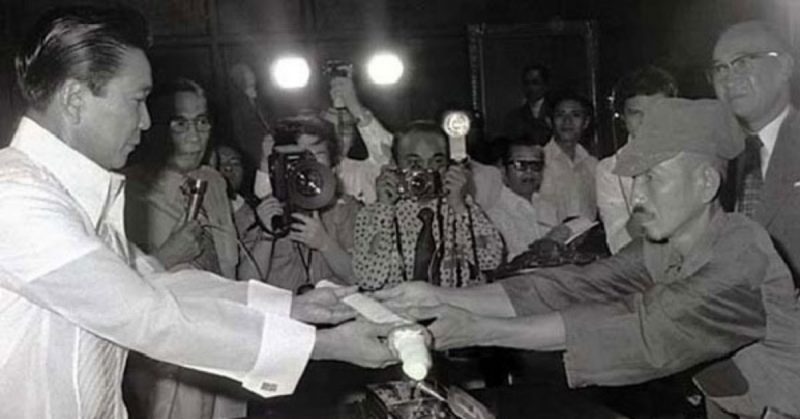His home country welcomed him as a celebrity, but the old Japan that he had known and fought for was long gone.
His name was Hiroo Onoda and December 26, 1944, is the day that this well-trained man was deployed to the small island of Lubang in the Philippines by the Japanese Army.
Eventually, Italy would join the Allies, and America would take over the islands that were invaded by Japan. A year and a half later, America would drop the atomic bomb, and the death before surrender strategy of Japan would fail.
But Onoda and his men fought on, even after the war had ended. They were truly loyal and gave 120 percent to their job. They fought the locals and burned their lands, ignoring every single flyer deployed by American planes notifying them that the war was over.
In Onoda’s eyes, anything that wasn’t Japanese was no good. So he kept resisting.
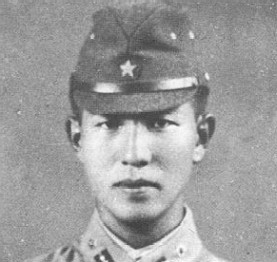
Living inside the jungle like a rebel must’ve been no fun for this man and his three remaining companions. They would march during the day, looking out for any signs of the enemy and for crops to burn. At night, they would guard their camp in shifts.
In 1952, the Japanese government made one final effort to draw the last remaining soldiers out of hiding throughout the Pacific. This time, letters and pictures from the missing soldiers’ families were airdropped, along with a personal note from the emperor himself.
Once again, Onoda refused to believe that the information was real. He considered the airdrop to be a trick by the Americans. He and his men continued to fight.
It wasn’t until 1949 that one of the radical believers decided to break the “death before surrender” pact and surrendered.
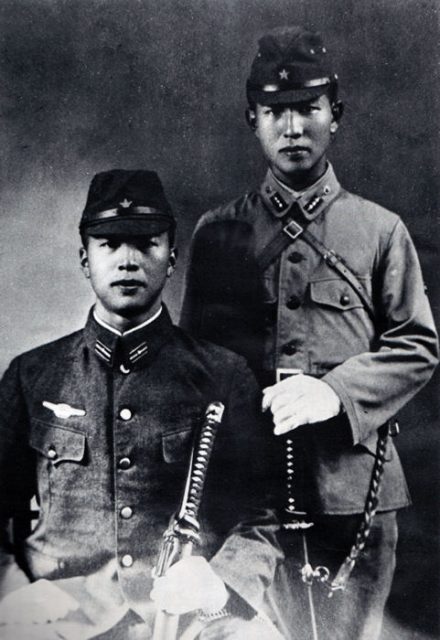
Onoda, along with his remaining companion continued to fight, as they believed that they had taken an oath and it still bound them. They hid deep in the jungle and stayed there for 15 years beyond the end of World War 2.
Some Japanese people started to think of Onoda as a made-up story, but he and his exploits were real.
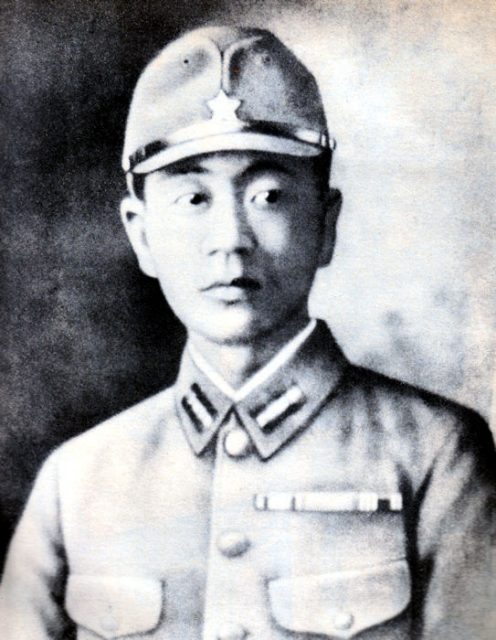
By May 1954, only Onoda was left. The government did its best along with the police to locate this lunatic, but he continued to hold out until 1974.
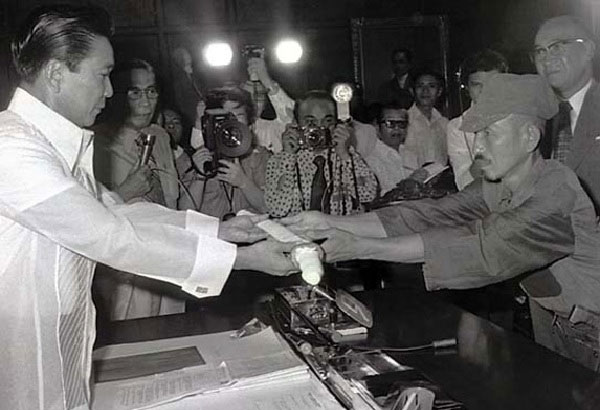
Eventually, he was discovered by an explorer named Suzuki who had been searching for “Lieutenant Onoda, a panda and the Abominable Snowman in that order.” Still, Onoda wouldn’t believe the war was over. He insisted he needed to receive instructions from a superior officer.
Suzuki returned to Japan with photos of him and Onoda, and relayed his message. Onoda’s superior officer, Major Yoshimi Taniguchi, was located. Unlike his junior office, the major had moved on after the end of the war and was now a bookseller. He met with Onoda and issued the instructions that the lieutenant had been waiting for.
Onoda returned to Japan in 1974, approximately 34 years after the end of World War 2. His home country welcomed him as a celebrity, but the old Japan that he had known and fought for was long gone.
Read another story from us: The “Ceramic Grenade”: Japan’s last-ditch weapon of WWII
Technology was more advanced, and the original values of Japan in the wartime era had been forgotten. Onoda became depressed and decided to move to Brazil where he spent the rest of his life.
Hiroo Onoda died on January 16, 2014, aged 91. Upon his death, the Japanese Chief Cabinet Secretary Yoshihide Suga said, “I vividly remember that I was reassured of the end of the war when Mr. Onoda returned to Japan.”
